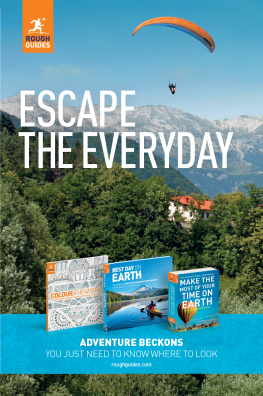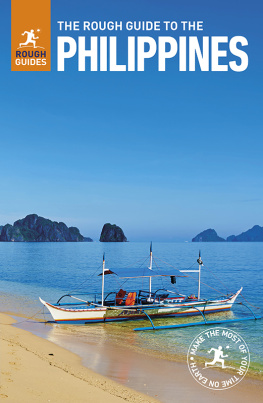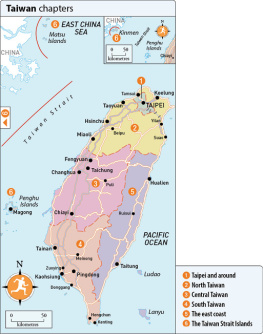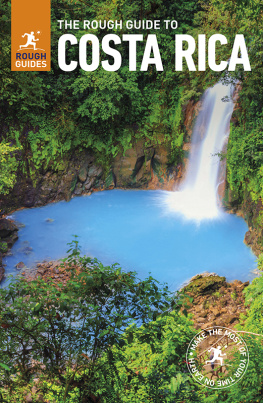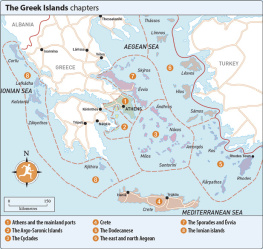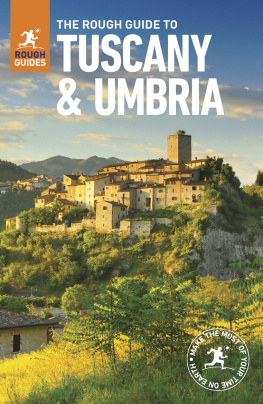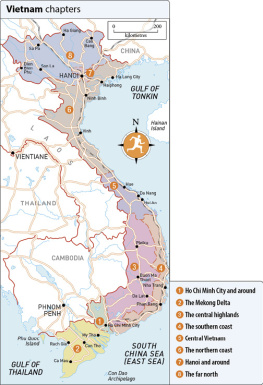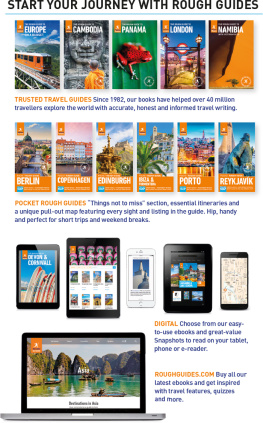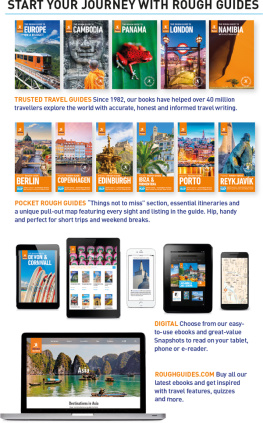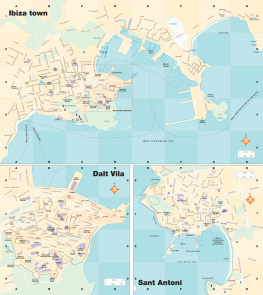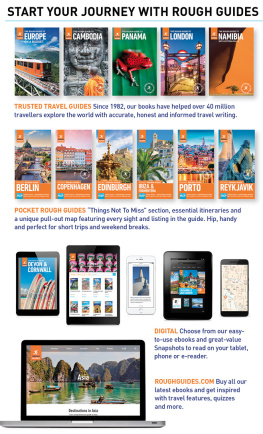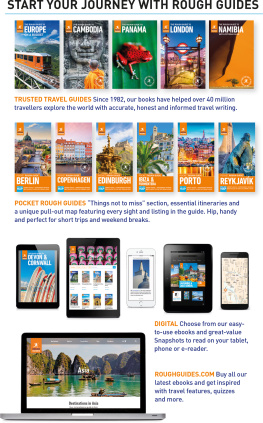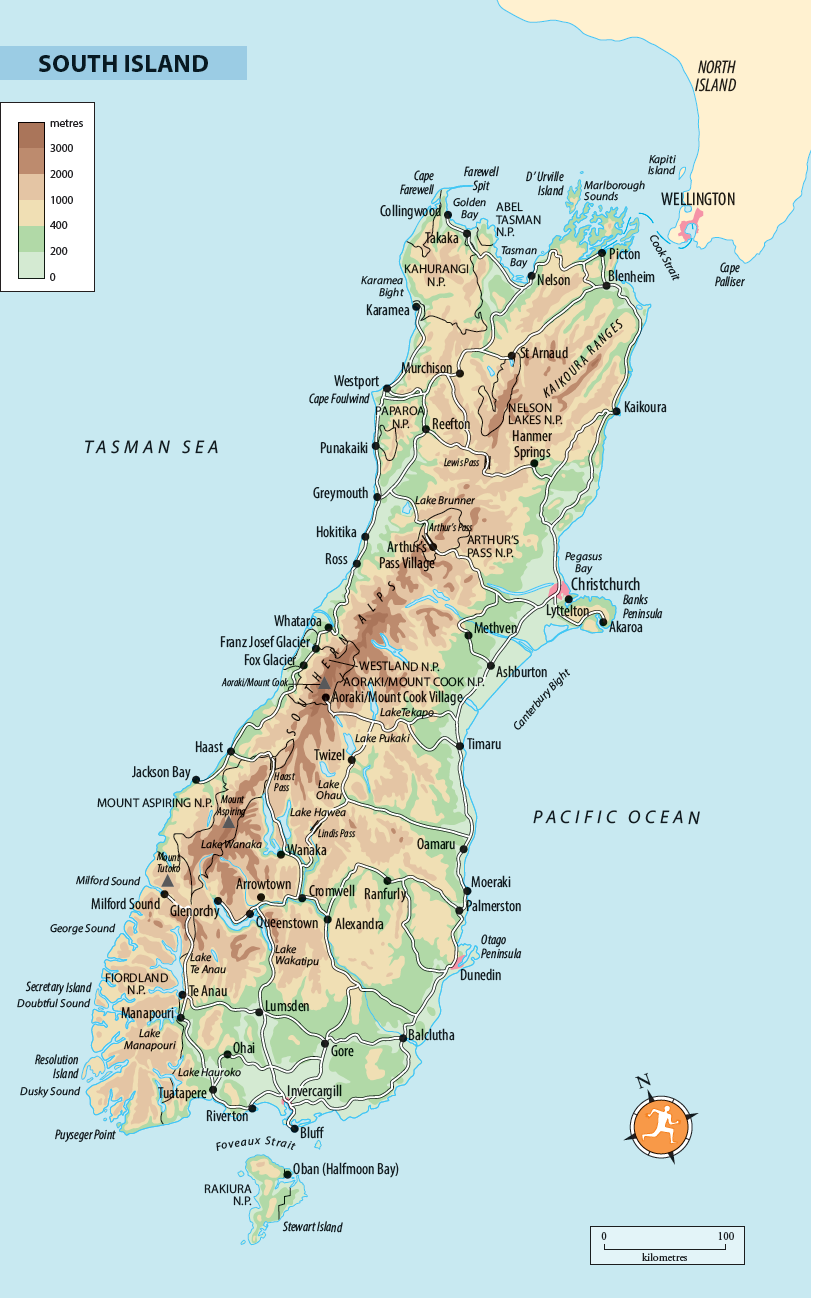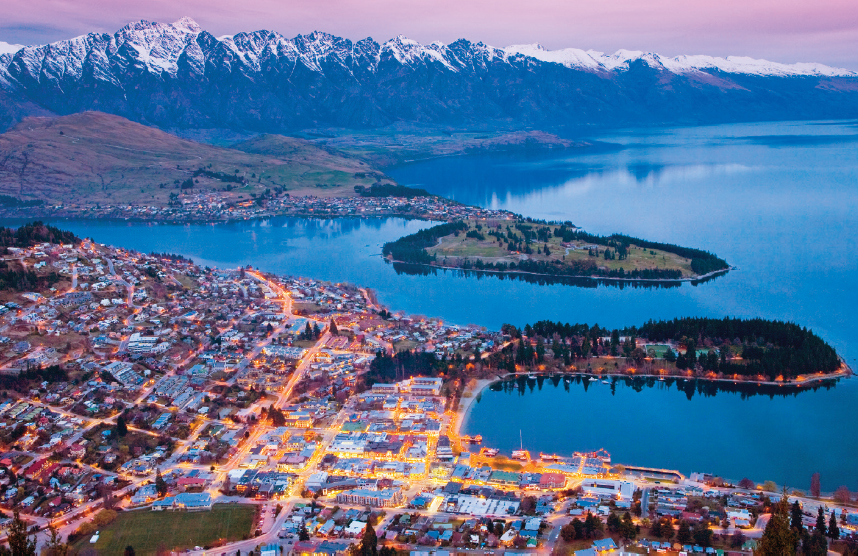Rough Guides - The Rough Guide to New Zealand (Travel Guide eBook)
Here you can read online Rough Guides - The Rough Guide to New Zealand (Travel Guide eBook) full text of the book (entire story) in english for free. Download pdf and epub, get meaning, cover and reviews about this ebook. year: 2018, publisher: Rough Guides, genre: Science / History. Description of the work, (preface) as well as reviews are available. Best literature library LitArk.com created for fans of good reading and offers a wide selection of genres:
Romance novel
Science fiction
Adventure
Detective
Science
History
Home and family
Prose
Art
Politics
Computer
Non-fiction
Religion
Business
Children
Humor
Choose a favorite category and find really read worthwhile books. Enjoy immersion in the world of imagination, feel the emotions of the characters or learn something new for yourself, make an fascinating discovery.
- Book:The Rough Guide to New Zealand (Travel Guide eBook)
- Author:
- Publisher:Rough Guides
- Genre:
- Year:2018
- Rating:5 / 5
- Favourites:Add to favourites
- Your mark:
The Rough Guide to New Zealand (Travel Guide eBook): summary, description and annotation
We offer to read an annotation, description, summary or preface (depends on what the author of the book "The Rough Guide to New Zealand (Travel Guide eBook)" wrote himself). If you haven't found the necessary information about the book — write in the comments, we will try to find it.
Discover this spectacular destination with the most incisive and entertaining guidebook on the market. Whether you plan to sample fine wines in Hawkes Bay, canoe along the Whanganui River or hike across the Franz Josef glacier, The Rough Guide to New Zealand will show you the ideal places to sleep, eat, drink, shop and visit along the way.
Independent, trusted reviews written with Rough Guides trademark blend of humour, honesty and insight, to help you get the most out of your visit, with options to suit every budget.
Full-colour maps throughout - navigate New Zealands towns and cities or its scenic coastal roads without needing to get online.
Stunning images - a rich collection of inspiring colour photography.
Things not to miss - Rough Guides rundown of New Zealands best sights and experiences.
Itineraries - carefully planned routes to help you organize your trip.
Detailed regional coverage - whether off the beaten track or in more mainstream tourist destinations, this travel guide has in-depth practical advice for every step of the way.
Areas covered include: Auckland, Northland, Western NorthIsland, Central North Island, The Coromandel, Bay of Plenty and the East Cape, Poverty Bay, Hawkes Bay and the Waiarapa, Wellington, Marlborough, Nelson and Kaikoura, Christchurch, Central South Island, Dunedin, Stewart Island, the West Coast, Queenstown, Wanaka and Central Otago, Fiordland .
Attractions include: Milford Sound, Farewell Spit, Kaikoura Peninsula, White Island, Ninety Mile Beach, East Cape, The Catlins. Abel Tasman National Park, Wai-o-Tapu, wine regions.
Basics - essential pre-departure practical information including getting there, local transport, accommodation, food and drink, health, the media, festivals, outdoor activities, culture and etiquette, and more.
Background information - a Contexts chapter devoted to history and recommended books, plus a guide to Maori language and a glossary.
Make the Most of Your Time on Earth with The Rough Guide to New Zealand.
About Rough Guides: Escape the everyday with Rough Guides. We are a leading travel publisher known for our tell it like it is attitude, up-to-date content and great writing. Since 1982, weve published books covering more than 120 destinations around the globe, with an ever-growing series of ebooks, a range of beautiful, inspirational reference titles, and an award-winning website. We pride ourselves on our accurate, honest and informed travel guides.
Rough Guides: author's other books
Who wrote The Rough Guide to New Zealand (Travel Guide eBook)? Find out the surname, the name of the author of the book and a list of all author's works by series.

